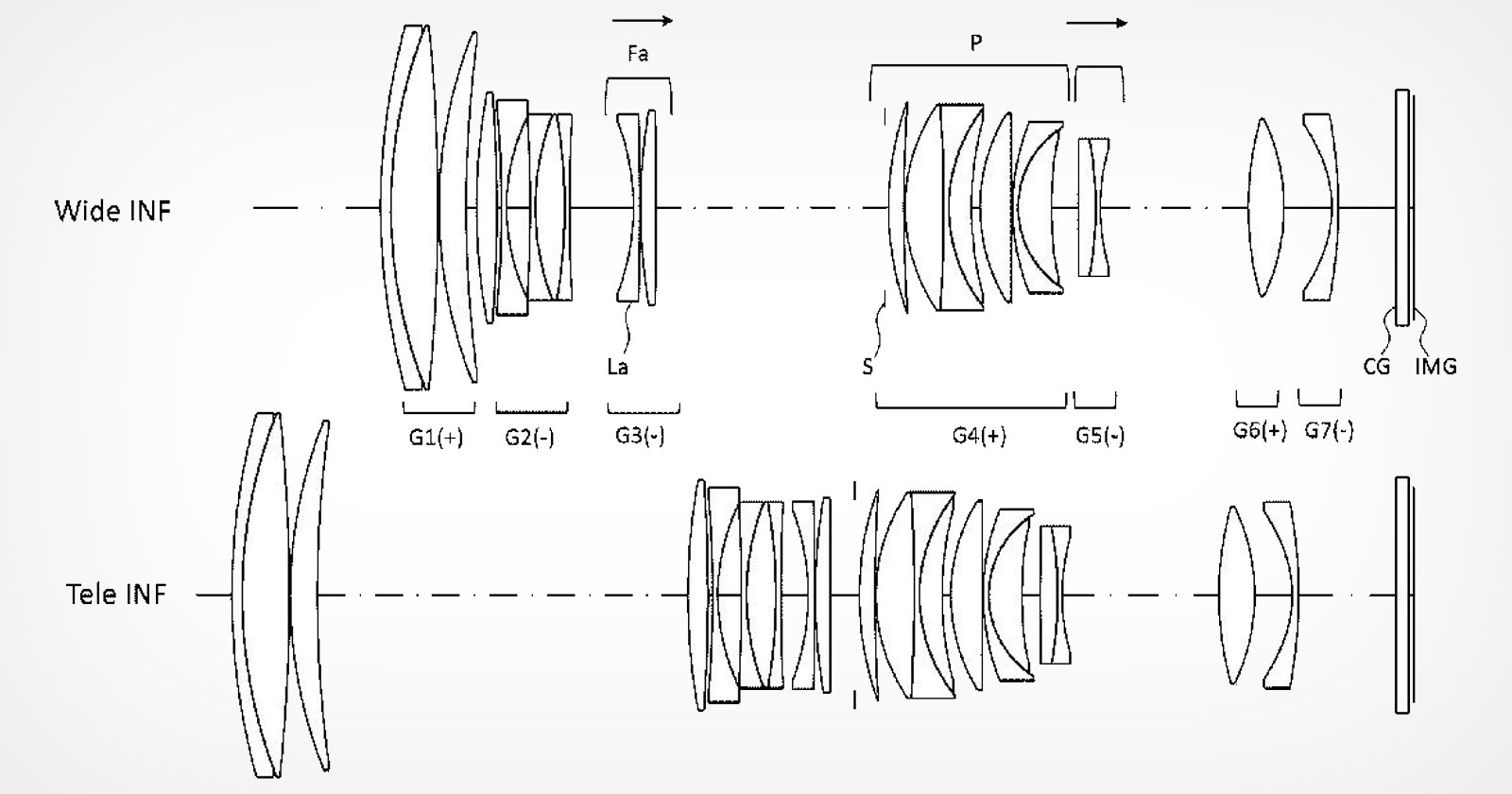
A photographer who has visited 27 of the 63 national parks — plus an additional eight official units of the National Park System — has shared her magnificent photos. “I love these federally-protected swaths of unique environments offering amazing photo ops along with interesting history and cool facts, Rebecca Latson tells PetaPixel. Lassen Volcanic National Park. Buffalo. Panamint Valley in Death Valley National Park. The 63-year-old has been photographing in the national parks since she was in high school when she was shooting on film.
“Digital cameras came along in the late 90s and it was like magic to me!” Says Latson. “Shooting in manual, I could immediately see if my exposure was correct just by checking that little LCD on the back of the camera. “I really got serious about national parks and photography after attending my first photo workshop (Arizona Highways) led by Kerrick James to Glacier National Park in 2008.” St Mary Falls. Zabriskie Point. Colorado Rockies.
Latson has written a monthly photo column for the National Parks Traveler for over a decade where she provides photo guides, park itineraries, trail descriptions, and more. “I look for and photograph anything and everything — whatever captures my eye and interest. I’ll photograph mountains, mushrooms, moss, insects, flowers, petroglyphs, historic park building exteriors and interiors, wildlife, trees, you name it,” she says. “I enjoy photographing the Big Picture landscapes as well as the little things comprising the Big Picture. I also look for subjects or compositions useful for various articles ultimately appearing in the Traveler. That could be an exterior shot of a national park lodge, some particular location or wildlife, or images of people enjoying the parks.” A rainbow over the Bryce Amphitheater in the Bryce Canyon National Park. Sunrise over Balanced Rock Viewpoint in Arches National Park. Canadian Rockies. Oxbow Bend.
Favorite Parks Latson has enjoyed every park she’s ever been to but has three parks she would never tire of visiting. “Mount Rainier National Park, Yellowstone National Park, and Death Valley National Park. Each of these parks are so unique and filled with amazing photo ops, geology, and history,” she says. Badwater Basin in Death Valley National Park. Perseid meteor streak over Mount Rainier. Tipsoo Lake. Soon enough Latson would have visited 28 parks as she plans to visit the Great Sand Dunes National Park in Colorado in the coming weeks. “Badlands, Theodore Roosevelt, White Sands, and Carlsbad Caverns national parks are also on my list of must-see parks for the immediate future,” she adds.
Watchman Overlook in Crater Lake National Park. Moose in Fishercap Lake. Kalaloch Beach. Tips For Photograping the National Parks Latson uses an array of different cameras, including shooting on the Fujifilm GFX100 medium format and a Sony Alpha 7 IV. But for photographers planning a visit to a national park, her tips are as follows. First and foremost, be observant! That’s one of the most important things to improving your photography, IMO. Look at everything. Search for color, pattern, and texture. Look for the geometry of a landscape (red-rock arches, parallel groupings of trees like lodgepole pines, angles created by moss-blanketed logs). Photograph what interests you. If it’s an iconic spot, the scene of which has been photographed a gazillion times, go ahead and get that shot anyway. It’s still unique to you, because the shot is captured with your camera, by you, and the time of day, season, and weather come together to create a different shot from all the others. Speaking of time of day, season, and weather, if you can revisit a favorite spot, then do so. The same scene can look totally different depending upon those three factors mentioned. You may not always be at the right place at the right time. Make do with whatever light you are given and go ahead and get the shot. You might be surprised at the results. Use a tripod. Or use the burst method. I prefer using a tripod for absolute stability and it’s a must for night photography, silky water shots, and level panoramas. The burst method is great for moving wildlife as well as scenarios where it’s just not possible to set up a tripod. In general, the burst method assures you of at least one sharp image. Just make sure you have plenty of memory cards. Learn how to use your camera’s settings. Don’t just keep it on Auto or Program. You don’t need to learn every single menu setting in your camera, but do learn as much as you can about the settings you need to capture that great shot. Photographing on Manual really teaches you the correct combinations for good exposure.” Mount Rainier.
Glacier Park Lodge. More of Latson’s tips for national park photography can be found here. Her website can be found here. Image credits: Photographs by Rebecca Latson






